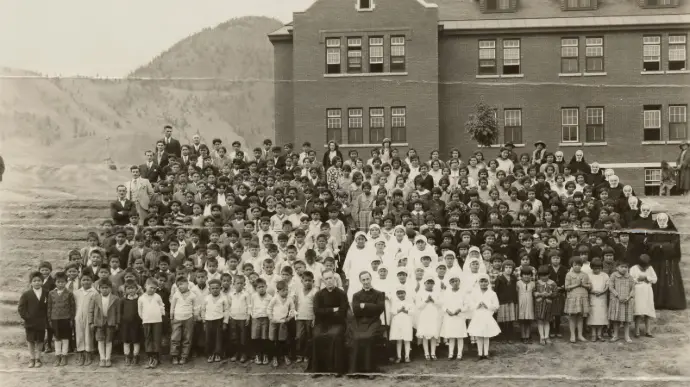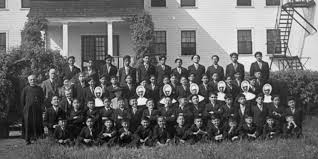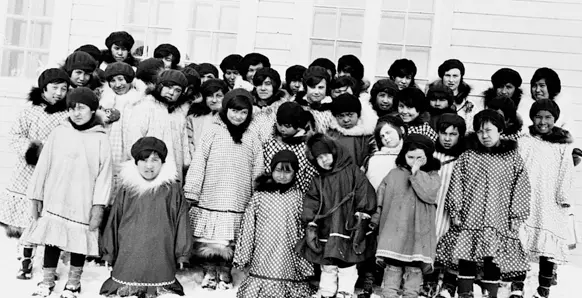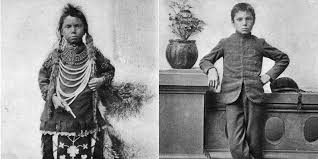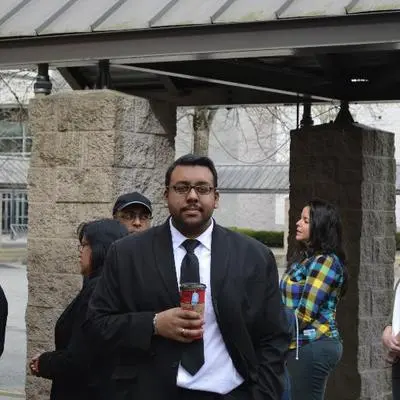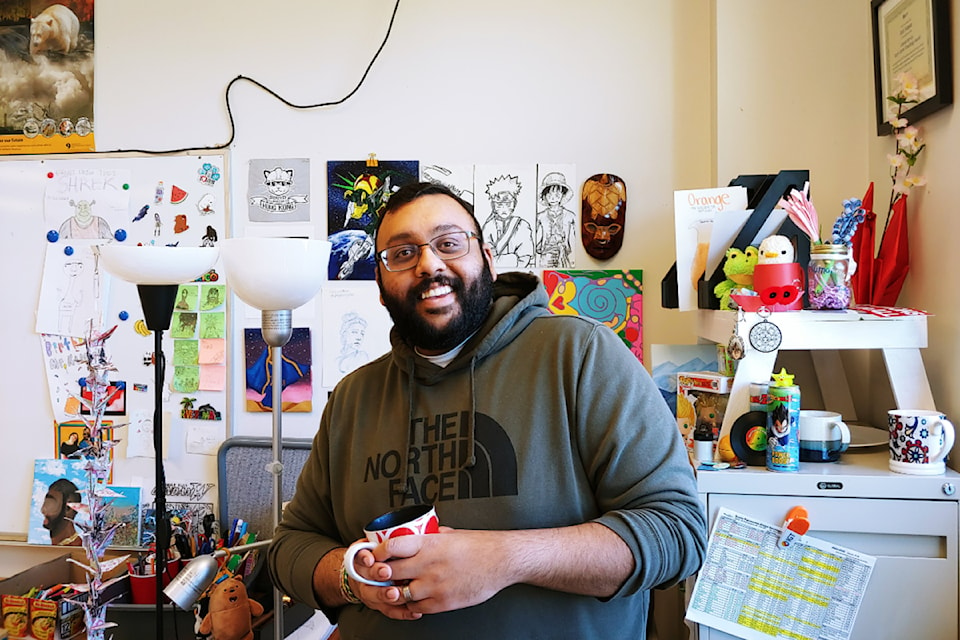Ali Sohail Ghulam
MR.Kumar
Social 9
Feb 29, 2025
Residential schools caused deep and long-lasting harm to Indigenous people in Canada. One of the biggest impacts was the loss of culture, language, and identity. Children were forced to stop speaking their languages and practicing their traditions. Many survivors felt disconnected from their culture and could not pass it down to their children. Another major effect was the emotional and physical pain suffered in these schools. Many children were treated badly, and this caused serious mental health problems like depression and anxiety. Some turned to alcohol or drugs to cope. Because survivors struggled with their emotions, their children also felt this pain, creating intergenerational trauma—a cycle where trauma is passed from parents to children.
Another big problem was the breakdown of family relationships. Many survivors grew up without love and care from their parents because they were taken away at a young age. Later, when they had their own children, they did not know how to show love and support because they never experienced it themselves. This made family life difficult for future generations. The schools also taught that Indigenous culture was “bad” or “less important,” so many survivors felt ashamed of their identity. This made them feel lost and disconnected from their communities.
There were also economic and social effects. Many survivors did not receive a proper education, which made it hard for them to find good jobs. This led to poverty and struggle for many Indigenous families. Even today, Indigenous people in Canada face higher rates of unemployment, homelessness, and discrimination because of the damage caused by residential schools. The Truth and Reconciliation Commission (TRC) was created to help people understand this history and support healing. The government has apologized, but the pain from residential schools is still felt today. It is important to learn about this history and help Indigenous communities heal.
